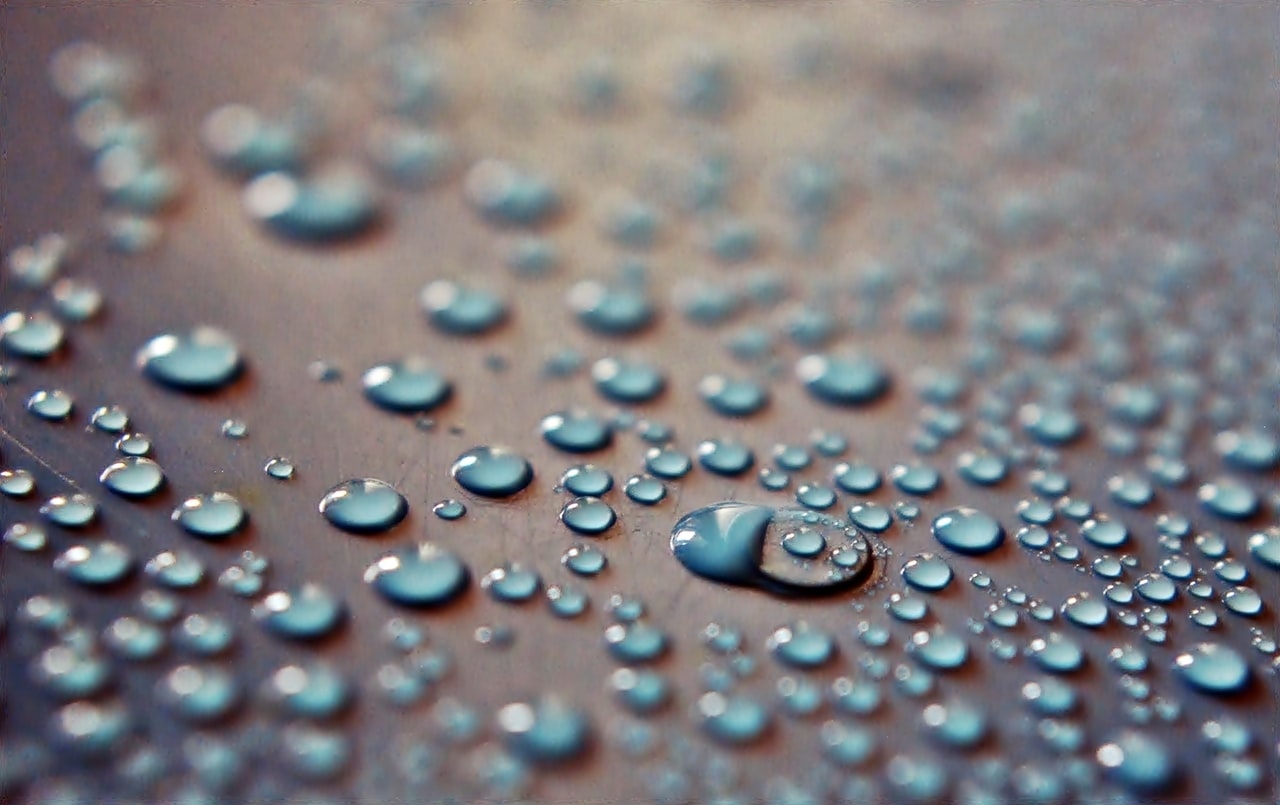What is it about?
We have prepared coatings that have two self-cleaning functions. They have greatly increased hydrophobicity, up to and beyond being superhydrophobic. This results in shedding of most aqueous contaminants. For those contaminants that do adhere, the coatings contain a photoactive catalyst that generates reactive oxygen species that destroy the contaminants. This dual function creates a highly effective self-cleaning coating.
Featured Image

Photo by Nithya Ramanujam on Unsplash
Why is it important?
The method of increasing hydrophobicity is relatively novel and is combined with a photo-oxidative catalyst for the first time. The general principles developed here can be used in a number of other materials.
Perspectives
This is a significant milestone in the creation of self-cleaning coatings.
Dr. James E Hanson
Seton Hall University
Read the Original
This page is a summary of: Photoreactive Superhydrophobic Organic–Inorganic Hybrid Materials Composed of Poly(vinylidene fluoride) and Titanium Dioxide-Supported Perfluorinated Phthalocyanines, ACS Applied Polymer Materials, May 2019, American Chemical Society (ACS),
DOI: 10.1021/acsapm.9b00273.
You can read the full text:
Contributors
The following have contributed to this page







